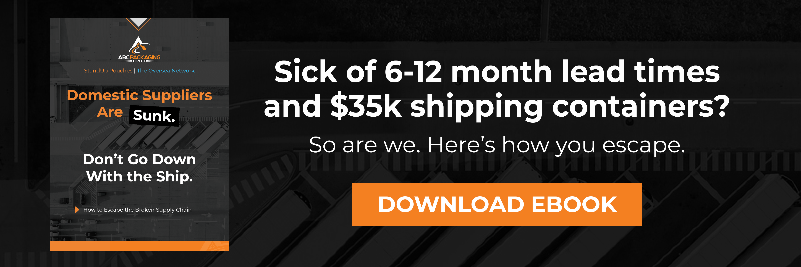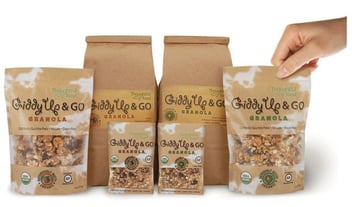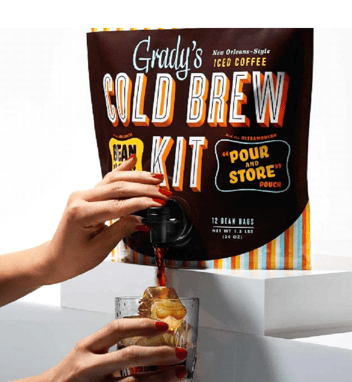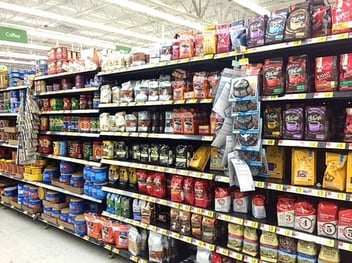The Truth About Biodegradable & Compostable Retail Packaging
Biodegradable and Compostable Flexible Packaging
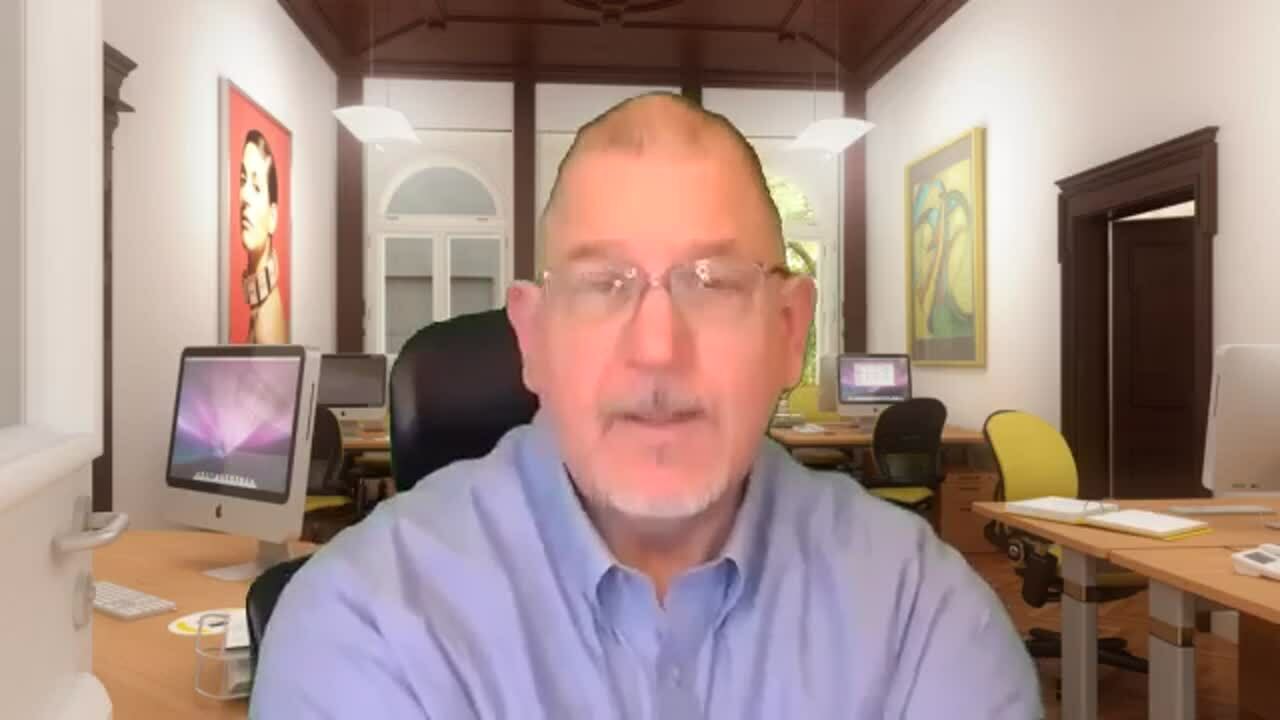
There is so much misinformation pertaining to compostable and biodegradable flexible packaging that I wanted to cut through the garbage and provide easy-to-understand information you can rely on. First, the industry has come a long way to even be able to provide materials and layers of materials when laminated together that create some amazing barrier properties while remaining biodegradable
However, there are limitations. This material is not indestructible and is not meant for all products or environments (hot, cold, freezer, etc.). As we tell all our reps, prospects, and customers...get samples, test them, and do small runs before you go all-in.
To be clear, in the right environment and situations, this material (printed or plain) will amaze you, but again, it’s not for everyone. Different biodegradable-compostable structures react differently to home composting units or industrial machines. Again, as always, trust your packaging provider for guidance and direction.
Let me outline this pillar page of content and the different sections.
- First, we provide the different terminology we all get tripped up with…does biodegradable mean recyclable or sustainable…etc. We call this…Get Your Terminology Straight!
- Second, we’ll give you a rundown on the Different Biodegradable and Compostable Materials, what they are good for, etc.
- Third, the Available Styles of flexible retail packaging that will or won’t work with biodegradable and compostable materials. This is important to comprehend as all too often companies assume one thing and get burned.
- Fourth…Printed or Plain? Digital or Traditional? You’ll be stunned at what is possible…and it is not some boring, drab brown bag…(think Pacific Bag)
- Finally and Fifth…Buyer BEWARE! Easy to understand…go/no go applications…yes and no when considering and using biodegradable and compostable flexible packaging.
- BONUS — FAQs and Opportunities for anyone that wants to beat their competition right now! Features, windows, color printing, Ziplocks, etc.
Get Your Terminology Straight!
When Discussing Biodegradable and Compostable Retail Packaging
Eco-friendly packaging has become the hottest term on the retail packaging landscape. The problem is many do not know what the term means or what the other related terms like sustainability, recyclability, compostable and biodegradable mean either. Let’s clarify what these terms mean and take a look at some different options you’ll be able to consider.
Note that this discussion will all be in reference to retail packaging, specifically. While many of these items can be used for industrial purposes, I’m working with retail packaging options to begin with. Eco-friendly packaging involves bags, pouches, styles, and films that are taking the environment into account.
How? Either there is a reduction in the amount of film used or the material provides a unique way for the packaging itself to be reused, repurposed, or even recycled. Another possibility would be when the package is made with materials that react to air and sunlight — such as biodegradable or compostable materials that will break down over time instead of clogging up a landfill.
Key Terms:
- Eco-Friendly: Refers to the effort to use materials and structures that take into account how they will react to the environment and even how we will dispose of them (can they be reused, recycled, repurposed, etc)
- Biodegradable: Refers to material structures that are made from or have a coating/lamination of different ingredients that react to air and sunlight that accelerate how a package breaks down when it is no longer in use. Requires air and sunlight to work.
- Compostable: While often used interchangeably with “biodegradable,” the word “compostable” actually has a unique meaning. All compostable plastics are biodegradable, but not all biodegradable plastics are compostable. Compostable options break down into natural elements during a relatively short timeframe, in specific composting conditions, whereas biodegradable materials are simply guaranteed to biologically degrade into organic material at some point.
- Recyclable: Refers to if packaging can be grouped with other “like” packaging and either ground back up and made into the same or similar material again, or ground back up to be used in the making of other products. Requires a structured plan to recycle either ALL the same structures (a type of film for example) or to recycle SIMILAR structures. This is a major difference. Think of recycling all of the same grocery bags from the checkout…the thin blue or white bags for groceries. This would be an example of recycling all of the same film structure. This is very difficult to do and control. The other approach is to accept ALL plastic materials up to a certain thickness (like the blue grocery bags and all bags used for packaging coffee beans for example). The key is to accept all similar materials (not the same) and then all of these films are ground up and used as “filler” or “base materials” for children’s toys, plastic lumber, park benches, bumpers, etc. This is another way to recycle.
- Sustainable: An overlooked but highly effective way to help our environment. If we can find ways to improve our business by reducing how much energy is used to create the packaging or ship it or store it or all of the above, these are examples of sustainable solutions. Taking a rigid plastic container that holds windshield washer fluid or cleaning supplies and using a much thinner, flexible package that still holds the same amount but uses 75% less plastic, stores flat, ships flat, etc…is a classic example. There are sustainable options and solutions all around us if you only look.
- PLA: One of the major bioplastics we use in our products is PLA, or polylactic acid, a formulation of plastic that’s made from fermented plant starch. This could include corn, sugarcane, beet pulp, or some other plant-based source. These popular bioplastics are food-safe and offer excellent transparency, a glossy appearance, protection from odors, and are suitable for printing. Air can’t get through and PLA also resists greases and oils.
- PBAT: Another bioplastic formulation, PBAT has been marketed as “fully biodegradable.” You’ll see it used in products like cling wraps, compostable plastic bags (such as for home/gardening materials), and even in paper cups (as a water-resistant coating). The tough, extremely flexible nature of PBAT is valuable in a bioplastic. You’ll sometimes see it blended with additional biodegradable plastics to create bottles.
What do you really mean by “biodegradable?”
There’s a frequent misconception out there that compostable or biodegradable plastics turn into dirt over time — just automatically, on their own. This would be great, but the reality is that pretty much anything can only biodegrade in the right conditions (generally things like oxygen, sunlight, water, and turning the soil). If you rocket a piece of fruit into space, it isn’t going to degrade…ever. Compostable plastics need to be actively composted either at home or at an industrial facility. Make sure that compostable packaging makes it clear what the consumer has to do to help it biodegrade.
Different Biodegradable and Compostable Materials
For Flexible Retail Packaging
Understand Your Options!
Eco-Friendly, Recyclable, Biodegradable, Sustainable, Compostable…all these terms mean something different. There is not a “one-size-fits-all” material. If you’re able to provide information on your application (What are you packaging? Dry, liquid, powder, moisture sensitive, oily, harsh, caustic, etc.), we can help you understand your options from there.
Without these details laid out, we cannot provide the right options or guarantee how these materials will work (or not) for your application. Do not skip this critical step! We can and will send samples for you to test with your product.
ABC Packaging offers a dozen versatile material options in our Bioborn line. Learn more about these materials and their capabilities below!
ABC-Bioborn |
|
| Item NO. | Structure |
| ABCBorn-KPPT | Paper/PLA+PBAT |
| ABCBorn-KPPC | Paper/PLA+PPC |
| ABCBorn-KPT | Paper/PBAT |
| ABCBorn-CVT | KPT/VMPBAT |
| ABCBorn-CVPPC | KPT/VMPBAT/PLA+PPC |
| ABCBorn-CPPC | KPT/PLA+PPC |
| ABCBorn-KCPPC | Paper/KPT/PLA+PPC |
| ABCBorn-KCPT | Paper/KPT/PBAT |
| ABCBorn-CPT | KPT/PBAT |
| ABCBorn-KPPCPPC | Paper/VMPBAT/PLA+PPC |
| ABCBorn-BVPPC | BOPLA/VMPBAT/PLA+PPC |
100% Recyclable Plastic
100% recyclable film that can be dropped off and as part of the how2recycle.info/sdo.Let us know what you are packaging…conditions of the filling, packaging, environment, etc.
Kraft Paper Laminated Biodegradable - Compostable
Biodegradable-Compostable (PLA+Kraft+PLA+PBAT) Approximately 5.3 mil-microns…great for products that do not need high barrier OTR (oxygen transmission rate) (Example—seeds, candy, powder with shelf life under 12 months, as outer pouch-packaging. NOT for liquid or for products susceptible to moisture). Max weight under 6.5 pounds (3 kilograms).
Biodegradable-Compostable (PLA+Kraft+PLA+PBAT) Approximately 5 mil-microns, protein powder, seeds, candy, outer packaging). Dry Products Max weight 6.5 pounds.
Biodegradable-Compostable with Kraft Paper + Aluminum (has aluminum layer/PVOH/PBAT)—seriously—per TUV-BPI certification, the proportion of aluminum (not compostable) is tiny and not deemed harmful). This structure is excellent for under 12-month shelf life… laundry powder, chocolate, freezer/frozen products, some liquids without corrosive elements). Maximum thickness is 4.7 mils or microns and maximum weight is 6.5 pounds.
Plastic Laminated Biodegradable - Compostable
Biodegradable-Compostable (PLA-PVOH-aluminum-PVOH-PLA-PBAT) Maximum thickness 5.5 mils-microns, (per TUV-BPI certification, the proportion of aluminum (not compostable) is tiny and not deemed harmful)…good for products requiring 12-month or LESS shelf life…good for laundry powder and laundry liquid, candy, seeds, chocolate, freezer and frozen applications. Maximum weight 6.5 pounds.
PLASTIC Biodegradable-Compostable (PLA-PVOH-PLA-PBAT) Maximum thickness 4.7 mils or microns, for products with shelf life LESS than 12 months, seeds, powders, some liquids, candy, chocolate, frozen products. Max weight 6.5 pounds.
Home Composting
Patience is certainly required when composting at home…but good on you for doing it. It does work with this material, it just takes time. The structures that are used are different than we use for industrial composting equipment but fully decompose in soil over time. At-home, or “ambient”, compostable bags can be used with consumer-grade residential composters.
Not only does the entire composting process help your soil, but obviously you are having an impact on our world. This is an inexpensive way to have a profound impact! All parts of these biodegradable and compostable flexible packaging — from inks and adhesives to the materials themselves, all of these will break down in soil over time.
Industrial Compostable
Stronger, different structures than Home Compostable and are made to biodegrade in full-scale industrial composting equipment. Industrially compostable bags would need to be deposited in the compost that your town or city picks up.
READY TO GET STARTED?

Available Styles
Of Flexible Retail Packaging
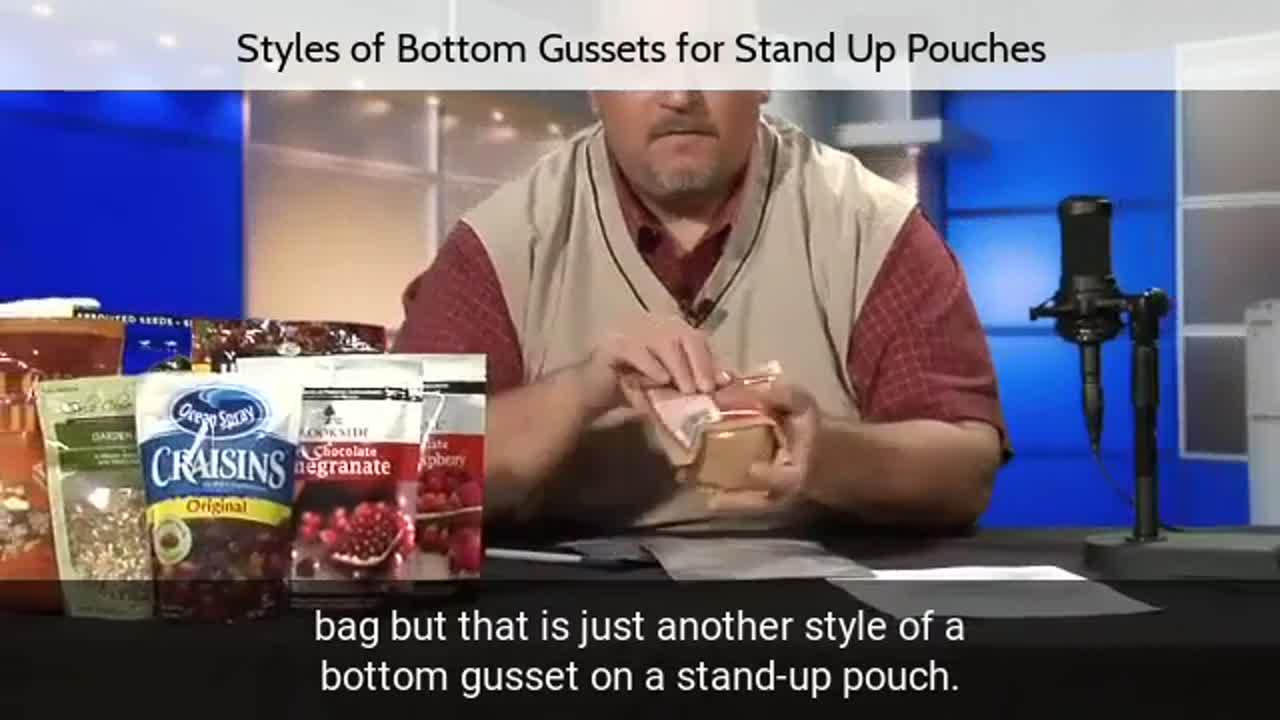
While this video is old, it still is worthwhile if you want to understand the different styles of flexible retail packaging…not just for biodegradable and compostable, but for ALL stand-up pouches and flat pouches.
Remember, there are limitations to this biodegradable-compostable material, so always count on and rely on your packaging professional for help and guidance.
See Pictures of Styles Below
- Traditional Round or K Style Bottom Gusset
- Flat Bottom
- 3 Side Seal or Flat Pouches
- Back Fin Seal—Center Fin—Pillow Pack (all mean the same thing)
Traditional Round and even K Style Bottom Gussets
3 Side Seal (Flat) Pouch
Flat Bottom Style
Back Fin or Center Fin Bag (Pillow Pack)
Printed or Plain?
Custom PRINTED Biodegradable and Compostable Flexible Packaging
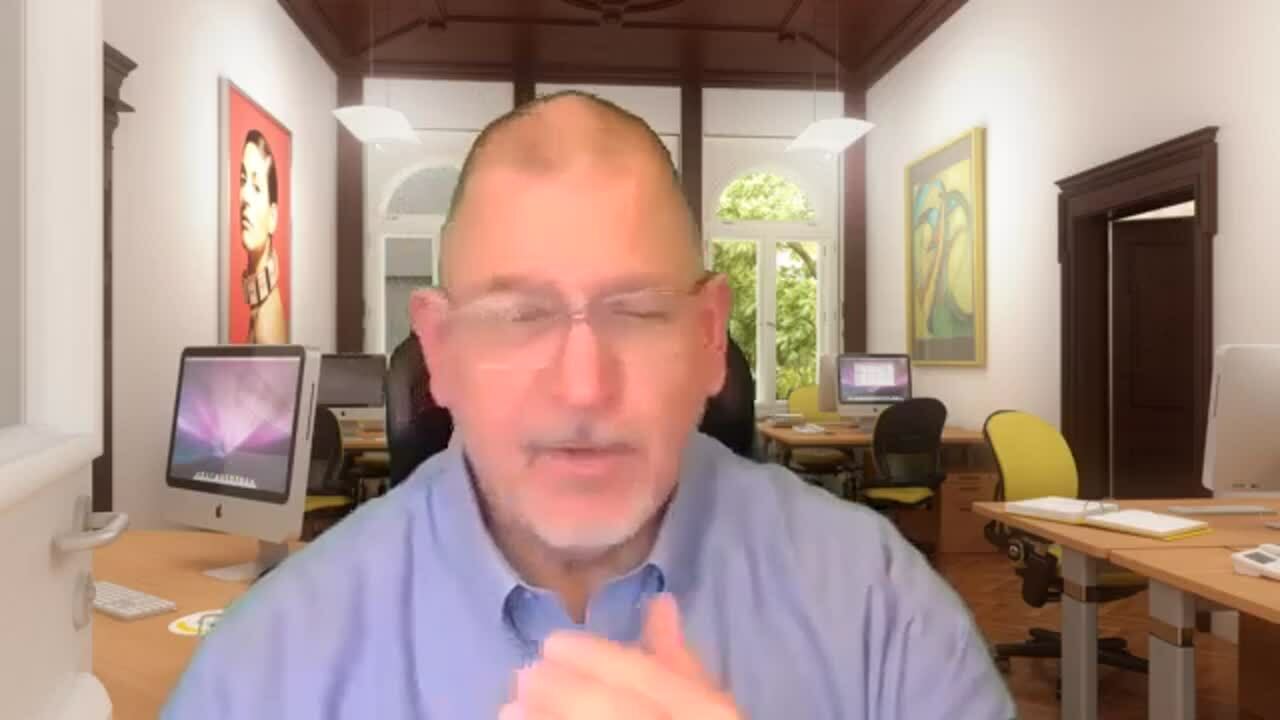
Biodegradable and compostable packaging does not need to be drab or boring, or even dull. Bio paper can be printed in most cases in 6 colors…and bio-film can go up to 8 colors.
Flexible retail packaging made from biodegradable materials can be printed either digitally or traditionally.
DIGITAL vs. ROTOGRAVURE
(advantages and disadvantages)
DIGITAL PRINTING — No Setup, Change, Cylinder, or Plate Fees & Small Volumes!
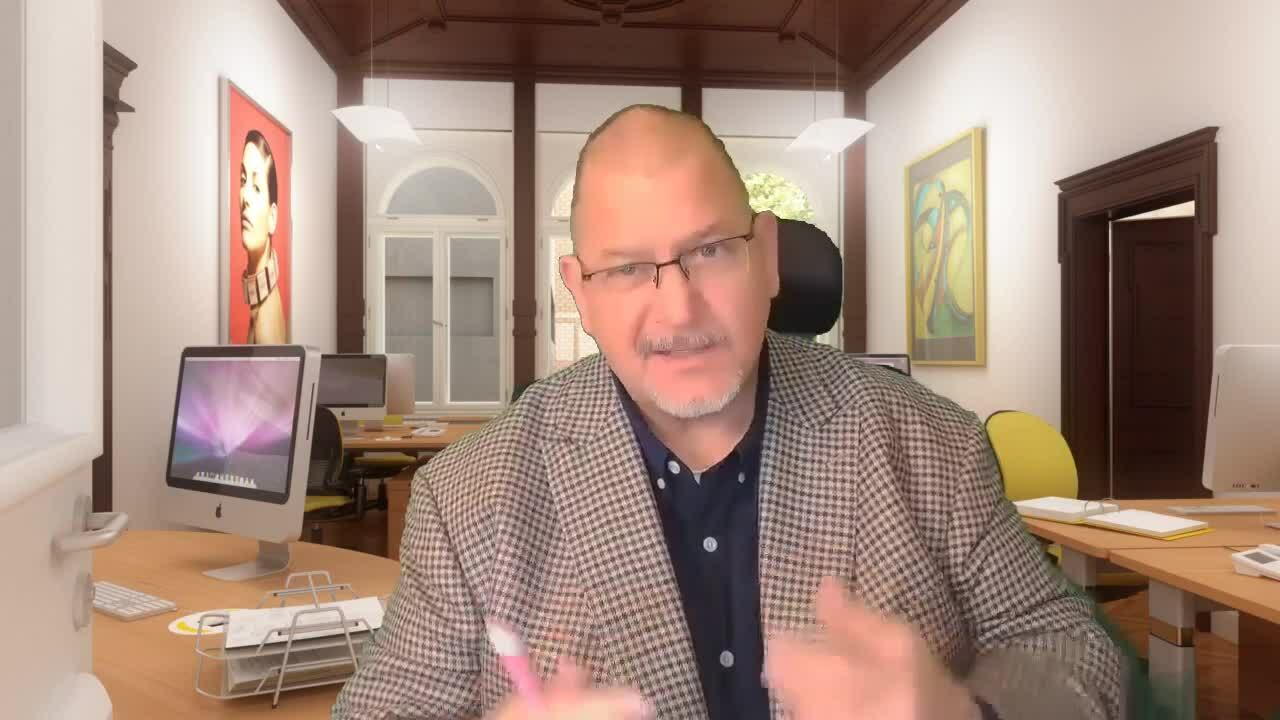
Digital printing is great for DRY products only. No liquids or high temperature swings (hot or cold) and small quantity. The advantage is there is no artwork fee or set up fees most suppliers charge, no printing plates or printing cylinders. Digital printing can be done as Rollstock (where we provide rolls of printed film for a customer to use on their own equipment) or finished pouches (stand up pouches, flat bottom stand up pouches, or even flat-3 side seal bags). As a rule of thumb…less than 1000-2500 pieces per SKU or flavor is perfect for digital.
| ADVANTAGES of Digital | DISADVANTAGES of Digital |
|
|
ROTOGRAVURE — The Finest Print Quality In The World (& LOWEST minimum runs!)
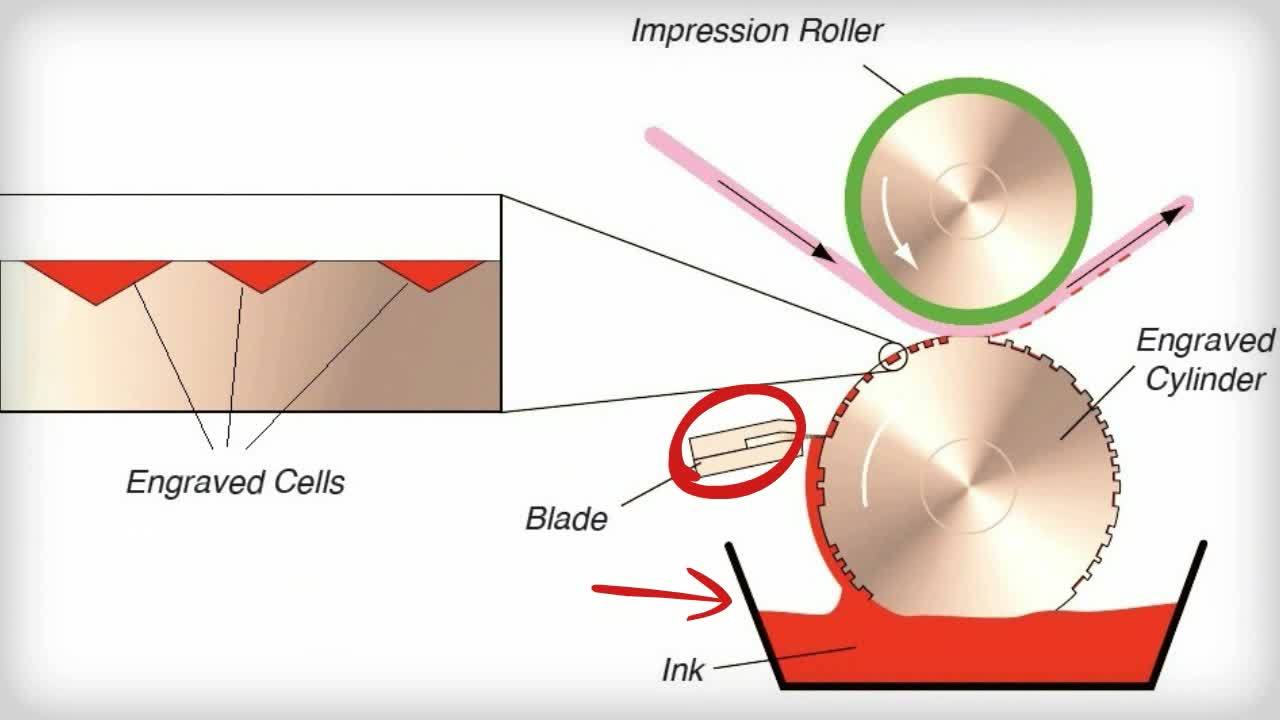
Rotogravure printing is internationally known as the finest printing style in the world. Bold, photographic quality and graphics produce stunning results. Rotogravure printing requires the use of printing cylinders (each other of the artwork requires a cylinder) and the cylinders last 18-24 months on average (often longer).
One of the great advantages of Rotogravure is the lower per piece price and ease in printing multiple SKUs without having to pay for new cylinders. For example, if a pouch that is 5 x 8 x 3 and has 7 colors for a particular flavor/SKU and a customer wants to add a new flavor…and everything is the same except the ingredients and name of the product…which is all done in black ink…then only 1 cylinder needs updated. Cylinders cost around $225 to $250 each, depending on the size.
Why Custom Printed? Packaging is the Voice of Your Brand!
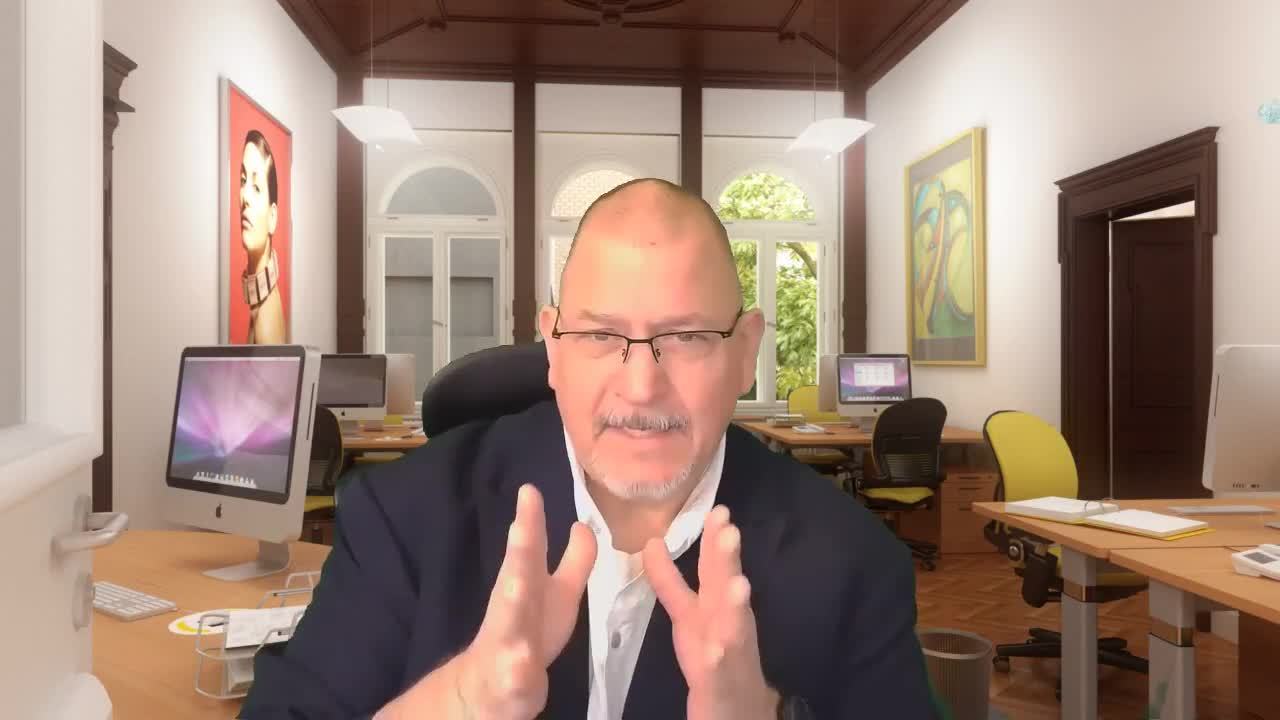
RESOURCES:
Available Structures | Artwork Guidelines | Available Features | Styles (Pouches)
Buyer BEWARE!
Biodegradable and Compostable Flexible Packaging Limitations
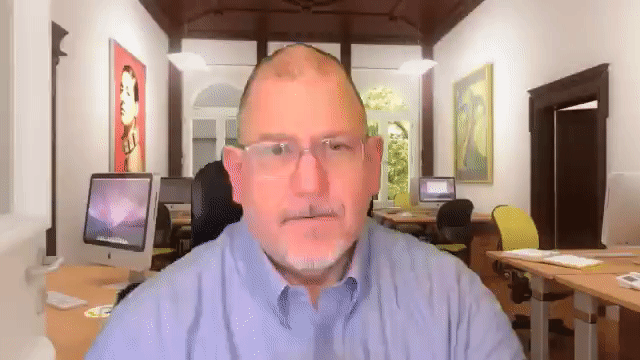
Good List |
Bad — No Go |
|
|
Rule of Thumb: Always Get Samples and Test!
What are the advantages of choosing biodegradable or compostable packaging?
The number one advantage is obviously that it’s environmentally friendly. This can boost your standing in consumer perceptions of your brand and help keep the world healthy to boot. Younger consumers especially love to see eco-friendly packaging options and are driven by opportunities to potentially reduce global warming. Get started now with packaging like this to please your audience, avoid needing to catch up to the trend later, and maybe even grow your appeal into new demographics.
…And the disadvantages?
There are definitely some drawbacks to biodegradable retail packaging. Most notably, it’s not as strong as traditional plastic and it can also have a higher price point. It’s true that compostable options — even compostable flexible packaging — can be customized with strength-increasing traits, but they’re still less strong than the kinds of plastics that withstand landfills for hundreds of years unscathed. You’ll want to test whether the moisture barrier, level of puncturability, and air-permeability suits your product before committing. They’re generally a less ideal choice for products that absolutely must avoid moisture or exposure to air.
Bonus!
FAQs and Hidden Opportunities in Biodegradable & Compostable Packaging
What HUGE Opportunity Areas exist for biodegradable packaging right now?
- Cereal
- Granola
- Spices
- Frozen pizza…bio-film not bio-paper
- Vacuum packaging (jerky, meat, rice)
- Dry products in general
Are there different types of biodegradable materials?
- Ask us about our full lineup of Bioborn materials, each of which has strengths for unique applications!
ABC-Bioborn |
|
| Item NO. | Structure |
| ABCBorn-KPPT | Paper/PLA+PBAT |
| ABCBorn-KPPC | Paper/PLA+PPC |
| ABCBorn-KPT | Paper/PBAT |
| ABCBorn-CVT | KPT/VMPBAT |
| ABCBorn-CVPPC | KPT/VMPBAT/PLA+PPC |
| ABCBorn-CPPC | KPT/PLA+PPC |
| ABCBorn-KCPPC | Paper/KPT/PLA+PPC |
| ABCBorn-KCPT | Paper/KPT/PBAT |
| ABCBorn-CPT | KPT/PBAT |
| ABCBorn-KPPCPPC | Paper/VMPBAT/PLA+PPC |
| ABCBorn-BVPPC | BOPLA/VMPBAT/PLA+PPC |
Are there certain products that you’d recommend use biodegradable-compostable packaging and those that you do not?
- Anything that is a dry product…snacks, powder, flour, grains, seeds…do very well in biodegradable and compostable packaging
- Nothing for liquids in biodegradable-compostable flexible packaging. Be careful and Avoid.
- Be careful…some products that have an oil residue (bath salts, pet treats) can negatively affect the performance of biodegradable-compostable packaging
What are the minimum runs for compostable and biodegradable flexible packaging?
- We can run small volume…printed or plain…1000 pieces on up in all styles and sizes of biodegradable-compostable materials. These will be run digitally.
- NOTE…as your volume goes up, we recommend running traditionally (Rotogravure) where pricing will be much less than digital.
How much more expensive is biodegradable-compostable packaging than “normal” materials?
- Depends, usually at least 10%, but always check.
What is the maximum weight we can put into a compostable-biodegradable flexible pouch?
- We don’t like to go more than 2 pounds….the structures (even when they are reinforced) just aren’t incredibly strong (yet). The very characteristics that allow it to biodegrade also affect the strength.
How many colors can you print?
- Digitally 6-8
- Traditionally 6-8
What features can I get with biodegradable-compostable flexible packaging?
- Biodegradable Ziplocks
- There are some biodegradable gas release valves…check and test
- Tear Notches
- Rounded Corners
What styles of flexible packaging can I get using compostable-biodegradable packaging?
- Round and K style
- Flat Bottom
- 3 Side Seal
- Center—Back Fin (pillow pouch)
How long does it take to make digitally printed biodegradable packaging?
- Small runs, production time is about 4 weeks
- Traditional, because they require plates, 6 to 7 (usually less)
What products do not do well with biodegradable-compostable materials?
- Wet-Liquid products
- Heavier than 2 pounds
Which is more eco-friendly: biodegradable or compostable?
- Essentially, these mean the same thing.
- Biodegradable is more general…most plastics are technically biodegradable. They’re made from carbon. But decomposition can take hundreds of years.
- Compostable is generally understood to mean the product can biodegrade in a shorter period of time, when under composting conditions.
Which is better for the environment: compostable or recyclable?
- Compostable packaging is considered better in most aspects.
- Many recyclable products do not actually get recycled due to contamination and bandwidth in the industry to process recyclables.
- Recycling tends to take more energy than composting.
Do compostable packages break down in landfills?
- There is limited long-term research data at this point — very few organizations certify compostable products — but experts estimate they’ll decompose over time at a much faster rate than traditional plastics.

